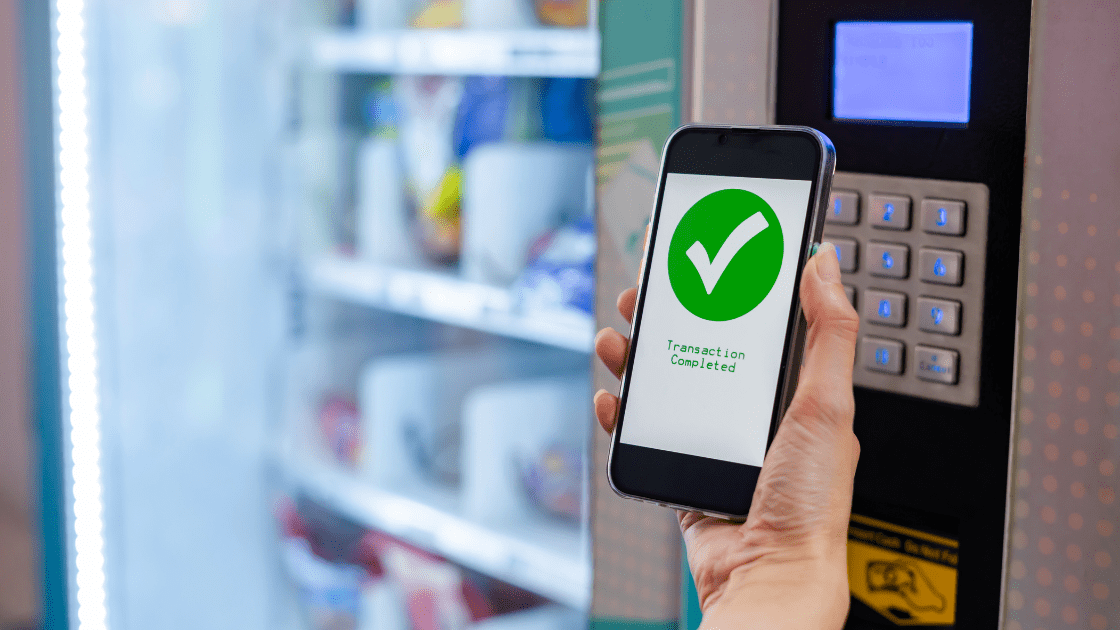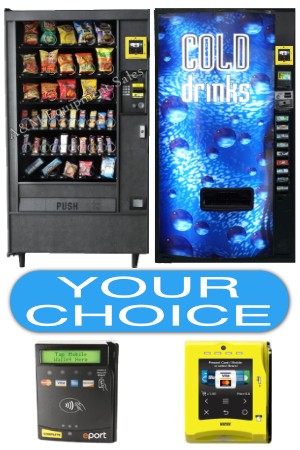Highlights:
- Identify and resolve common vending machine issues to ensure smooth operations and customer satisfaction.
- Practical solutions for fixing jammed products, payment system failures, and display/interface problems.
- Tips for maintaining proper temperature control in refrigerated and heated vending machines.
- Strategies for preventing and addressing electrical and mechanical issues.
- Essential maintenance tips to avoid disruptions and keep vending machines running smoothly.
Intro to Common Vending Machine Issues
Vending machines are convenient tools that provide quick access to snacks, drinks, and other products, but they can also present a myriad of challenges. As with any mechanical system, users and operators often encounter common vending machine issues that can disrupt service and lead to customer dissatisfaction.
Understanding these issues and their solutions can help improve the overall functionality of the machine and enhance user experience. In this blog post, we will explore the most prevalent problems faced by vending machines and offer practical solutions to troubleshoot and resolve them.
Identifying and Fixing Jammed Products in Vending Machines
Product jams are one of the most frequent complaints in vending machines, typically occurring due to misalignment or mechanical obstruction. To address a jam, first, inspect the area around the jammed product for any visible obstructions or foreign objects.
Many vending machines have a manual release mechanism—refer to the user guide to locate and use this feature. If the item remains stuck, gently rock the machine from side to side, being careful not to apply too much force to avoid damage. Should the problem persist, remove the jammed item and inspect it for damage before reloading it properly. Regular inventory checks can help prevent future jams by ensuring items are correctly positioned and not expired.
Addressing Payment System Failures in Vending Machines
Payment system malfunctions are a significant common vending machine issue, involving coin acceptors, bill validators, or card readers. Start by ensuring all payment components are securely connected; loose wiring often causes issues. Next, clean coin slots and bill validators regularly, as dust and debris can impede their function.
Testing different payment methods can help isolate the problem to a specific component. Many modern machines display error codes for various payment failures—refer to the user manual to interpret these codes and follow the suggested troubleshooting steps. Regular maintenance of payment systems is crucial for minimizing disruptions and ensuring smooth transactions.
Troubleshooting Display and Interface Issues in Vending Machines
Display and interface problems can stem from software glitches, damaged screens, or faulty buttons. To address these issues, start by rebooting the vending machine to clear minor software glitches. Inspect the display for any visible damage, such as cracks or unresponsiveness, and replace if necessary.
Check the wiring to ensure all connections between the display and the main system are secure and undamaged. If the machine uses updatable software, make sure you have installed the latest version to fix bugs and enhance performance. Ensuring a functional display and interface is key to a seamless user experience and efficient transactions.
Ensuring Proper Temperature Control in Vending Machines
Proper temperature control is crucial for maintaining product quality and safety in refrigerated and heated vending machines. Start by checking the thermostat settings to ensure they match the requirements of the products being stored. Adjust as needed for optimal performance. Listen for the compressor or heating element to verify they are operating correctly, and investigate any unusual noises that may indicate mechanical issues.
Regularly clean the condenser coils to remove dust buildup, which can impair cooling efficiency. Use a thermometer to frequently monitor the internal temperature, ensuring it stays within the acceptable range for the products. If temperature inconsistencies are detected, further examination of the cooling or heating system may be necessary to identify underlying problems.
Preventing and Resolving Electrical and Mechanical Issues
Electrical and mechanical issues can significantly disrupt the operation of vending machines. Begin by conducting routine inspections to identify any signs of wear, corrosion, or damage in electrical components and mechanical parts. Replacing worn or damaged parts promptly can prevent more serious complications down the line.
Test the power supply to ensure the vending machine is receiving adequate power. This involves checking the outlet, extension cords, and fuses for any issues that could cause intermittent or complete power failures. Additionally, ensure that the machine is protected from water exposure, as moisture can lead to electrical failures. Position the machine in a dry location and safeguard it from spills or other potential sources of water damage.
For mechanical components, focus on the moving parts such as motors, belts, and gears. These should be lubricated as per the manufacturer’s recommendations to ensure smooth operation. If any unusual noises or signs of malfunction are detected, further investigation is necessary to identify and resolve the root cause.
It’s also important to routinely calibrate any sensors and mechanisms that control product dispensing and payment acceptance. Calibration ensures that these components operate with precision, reducing the likelihood of errors and customer dissatisfaction. By adopting a proactive approach to maintenance, operators can minimize the risk of electrical and mechanical failures, ensuring that the vending machine remains operational and reliable.
Regular Maintenance Tips to Avoid Common Vending Machine Issues
Preventive maintenance plays a crucial role in keeping your vending machine running smoothly and avoiding disruptions. Here are some essential tips to keep your machine in top condition:
- Establish a Maintenance Schedule: Develop a comprehensive maintenance plan that includes regular checks and servicing of all machine components. This proactive approach can help identify potential issues before they become major problems.
- Clean Regularly: Dust, debris, and other contaminants can accumulate inside the vending machine and affect its functionality. Make it a habit to clean both the interior and exterior parts, including payment systems, product dispensers, and cooling or heating elements.
- Monitor Inventory: Proper inventory management can prevent product jams and ensure that all items are fresh and correctly positioned. Regularly check for expired products and restock as needed to maintain smooth operations.
- Inspect Payment Systems: Regularly check coin acceptors, bill validators, and card readers for any signs of wear or malfunction. Clean these components to prevent dust and debris from interfering with transactions. Ensuring that these systems are working properly will minimize payment-related issues.
- Check Electrical and Mechanical Components: Routinely inspect electrical connections and mechanical parts for signs of wear or damage. Replace any faulty components promptly and ensure that moving parts are well-lubricated as per the manufacturer’s guidelines.
- Keep a Logbook: Maintain a detailed log of all maintenance activities, including dates, tasks performed, and any issues identified. This can help track the machine’s performance over time and highlight recurring problems that may require further attention.
By following these regular maintenance tips, vending machine operators can significantly reduce the risk of common vending machine issues, ensuring a better experience for both users and operators.




